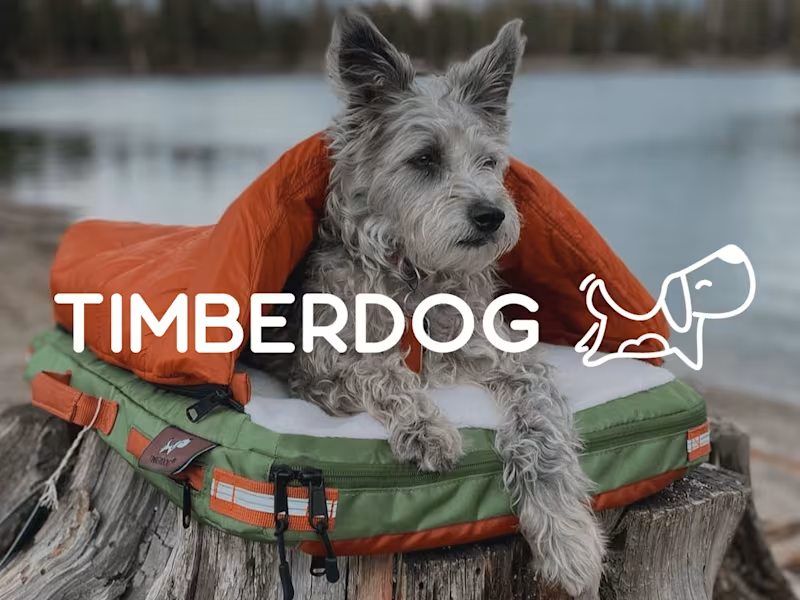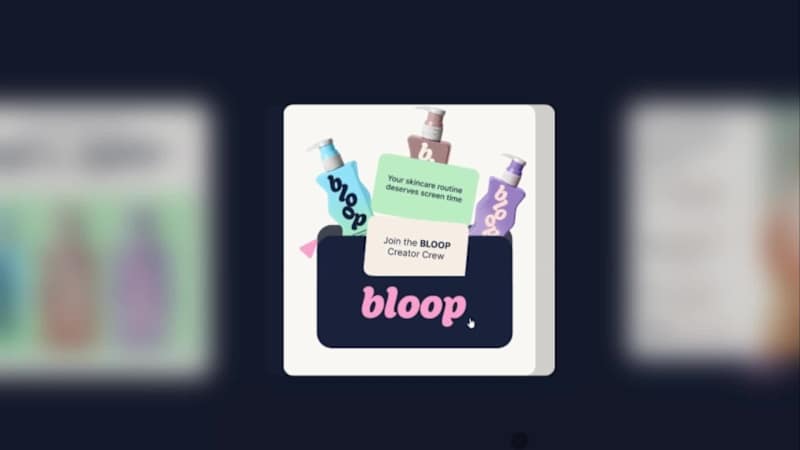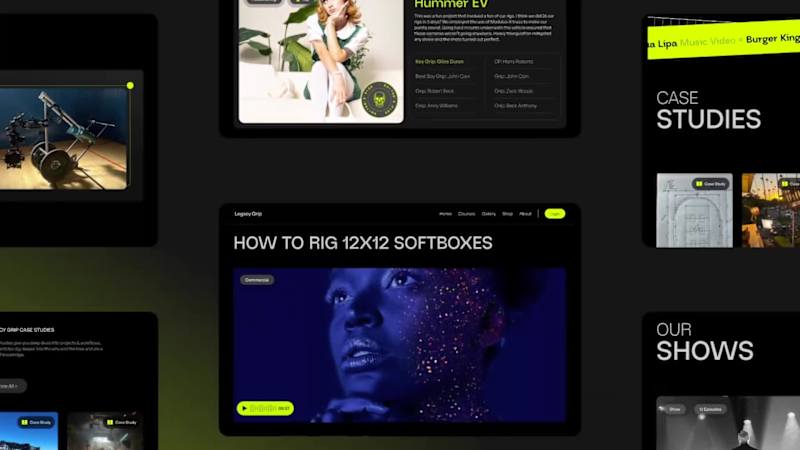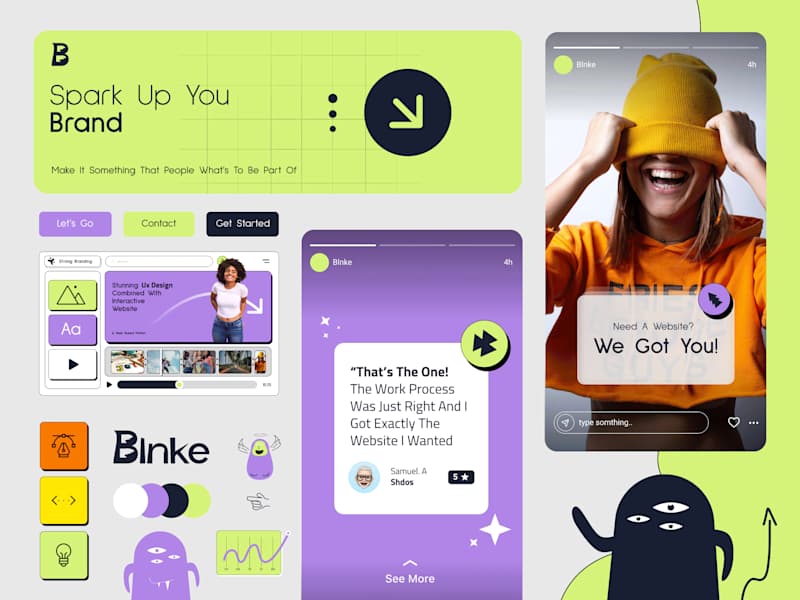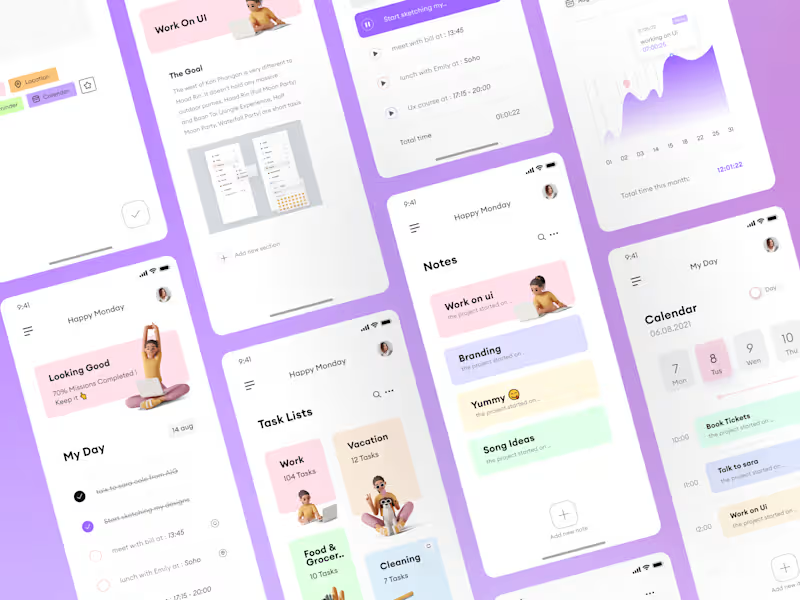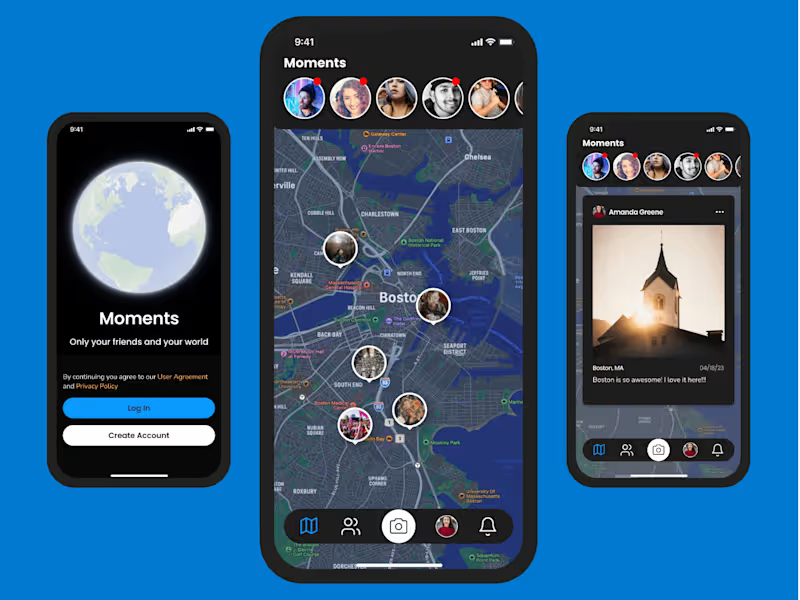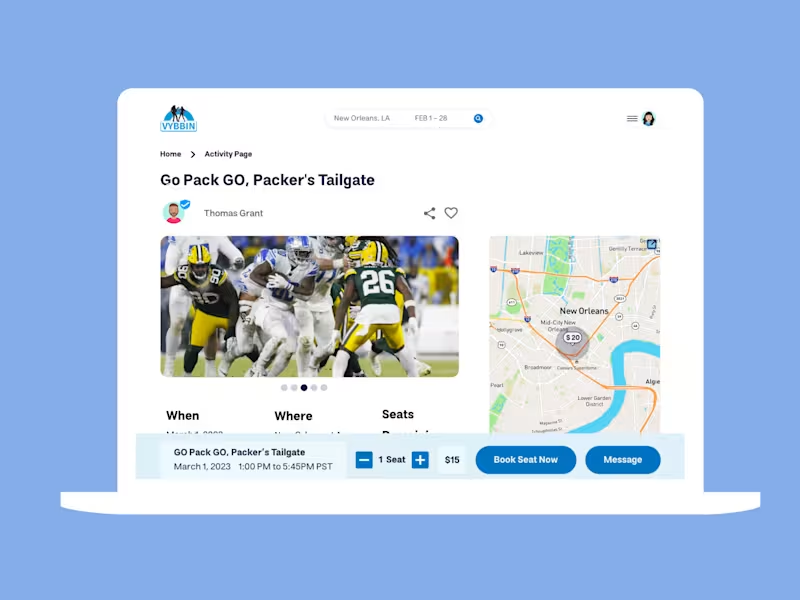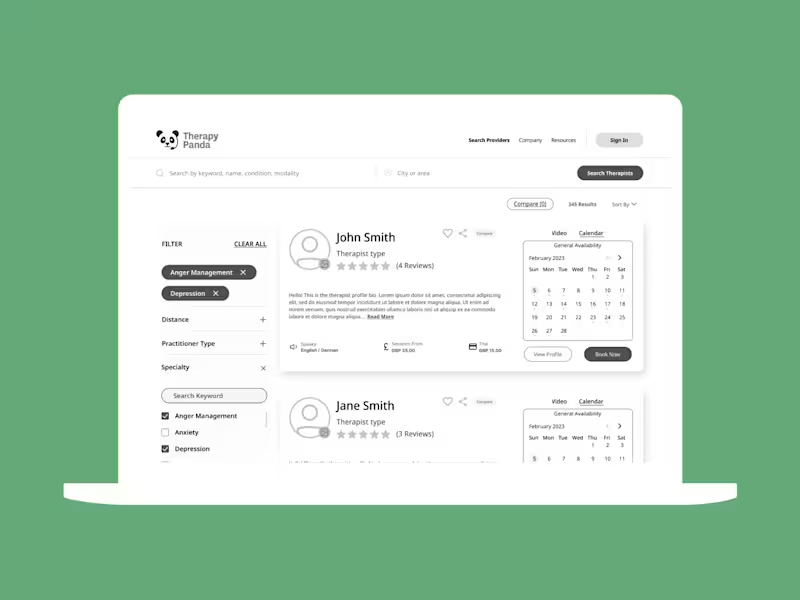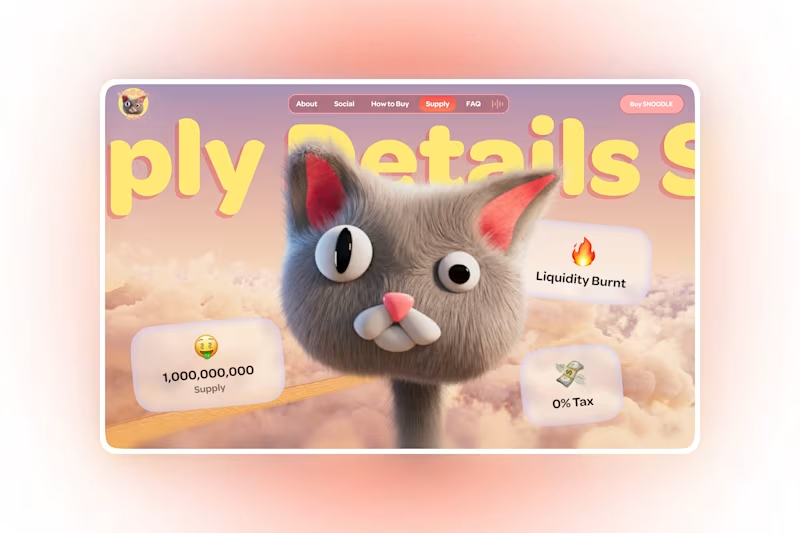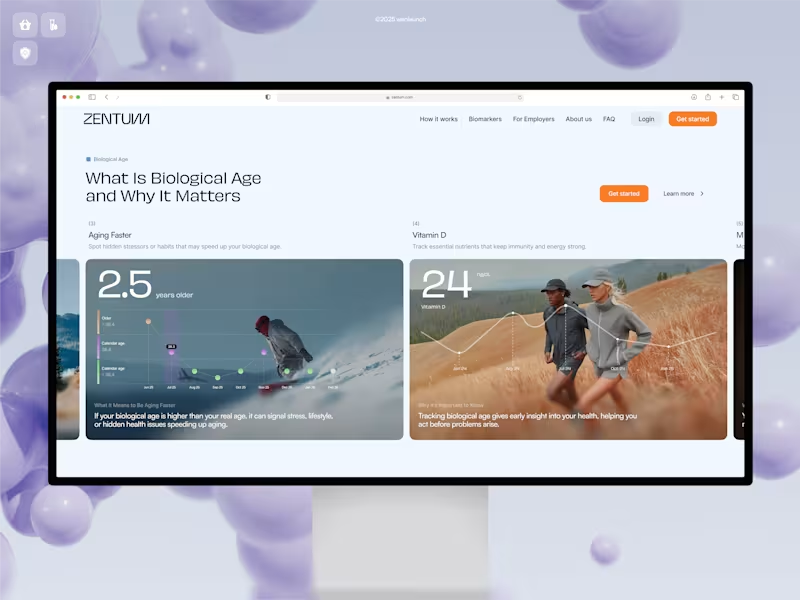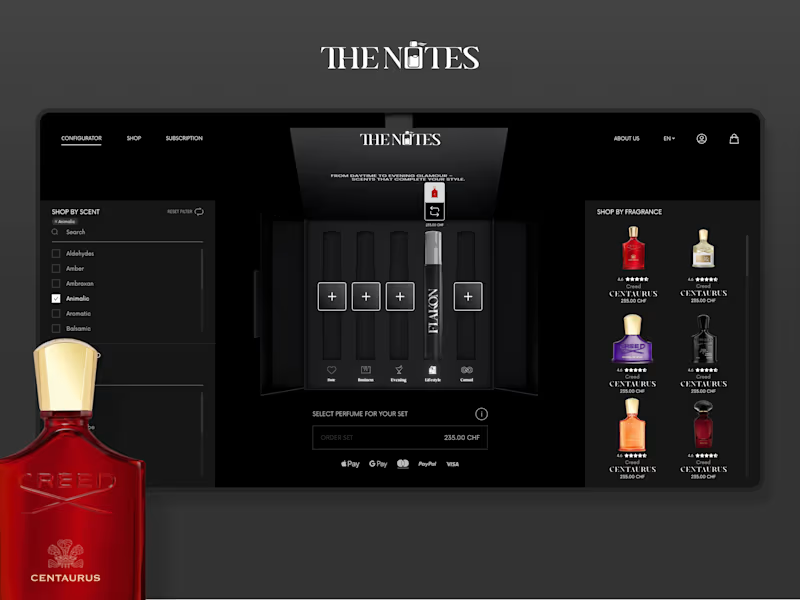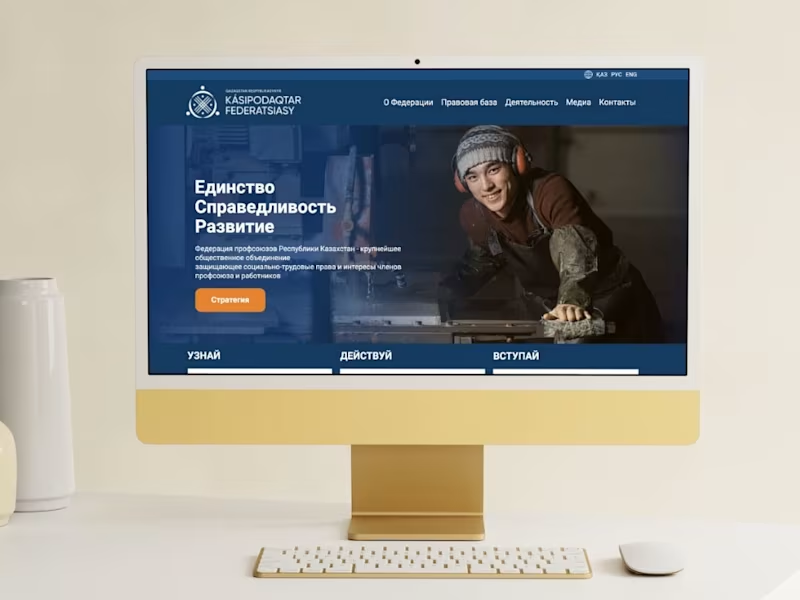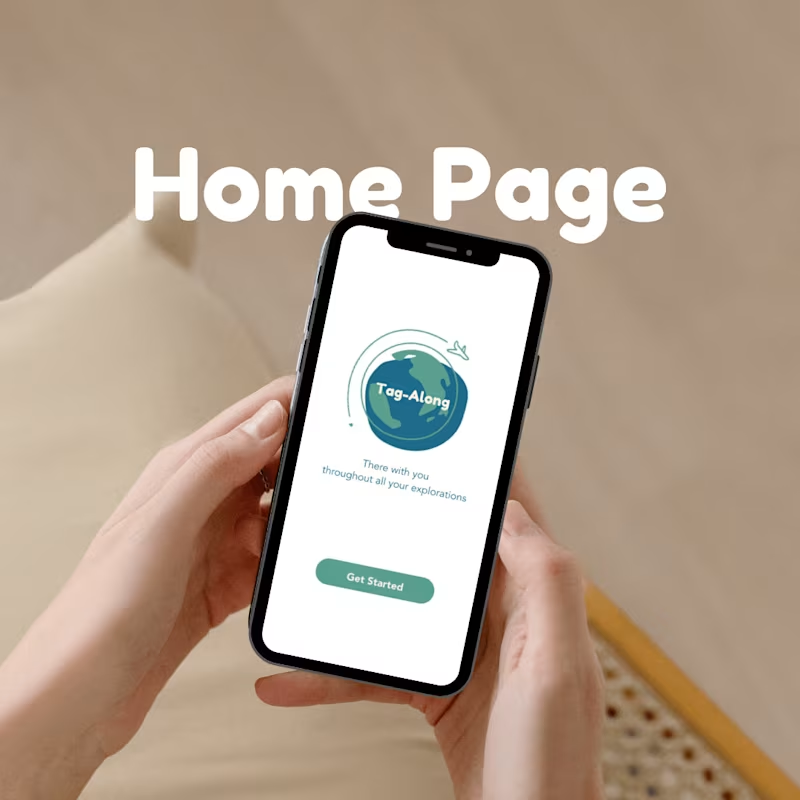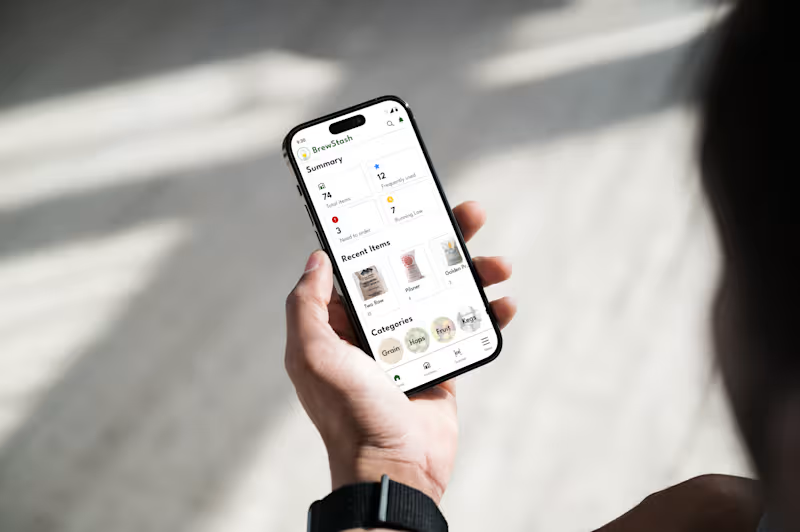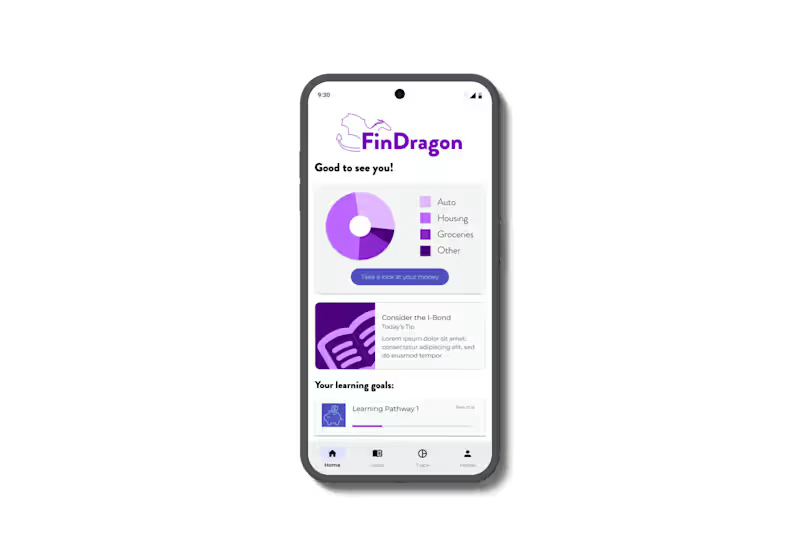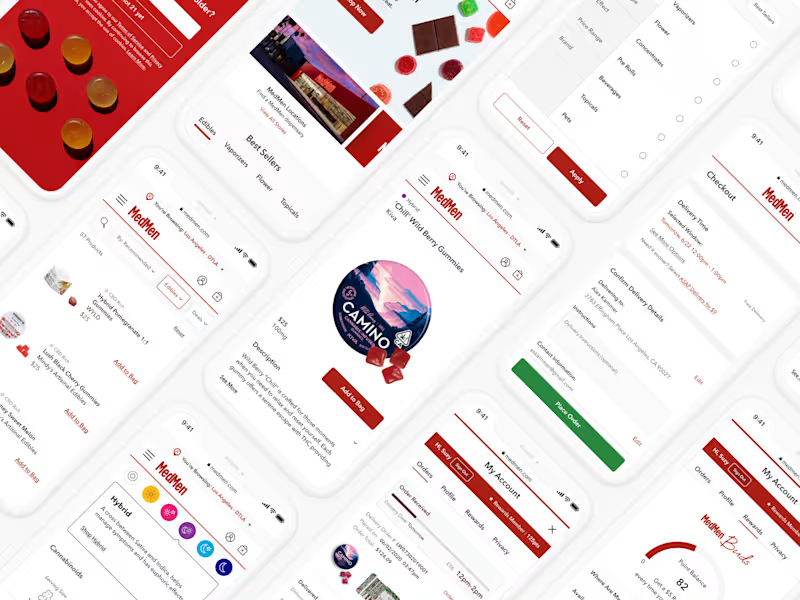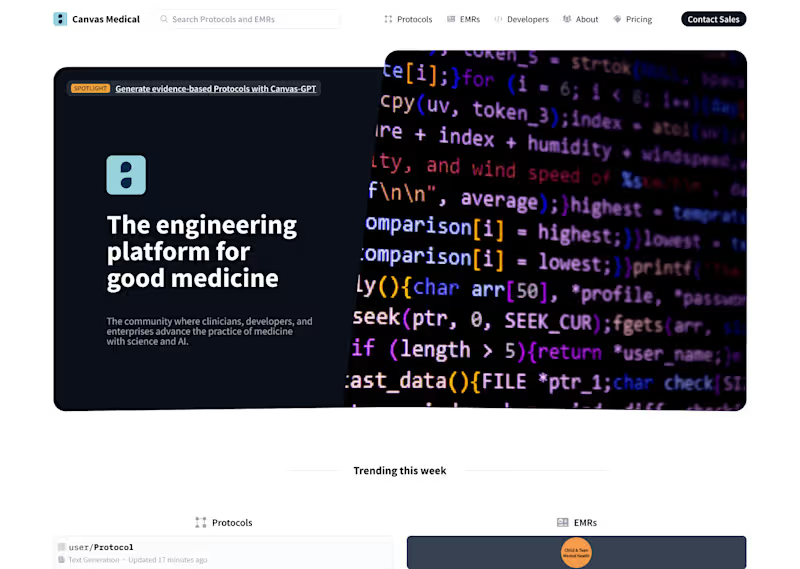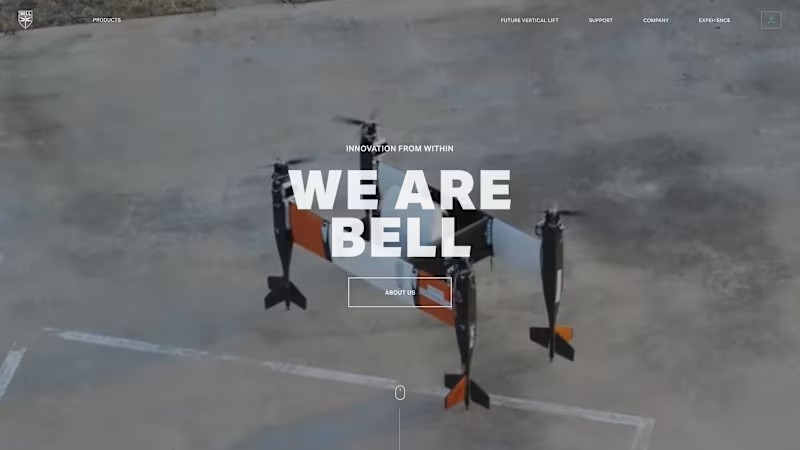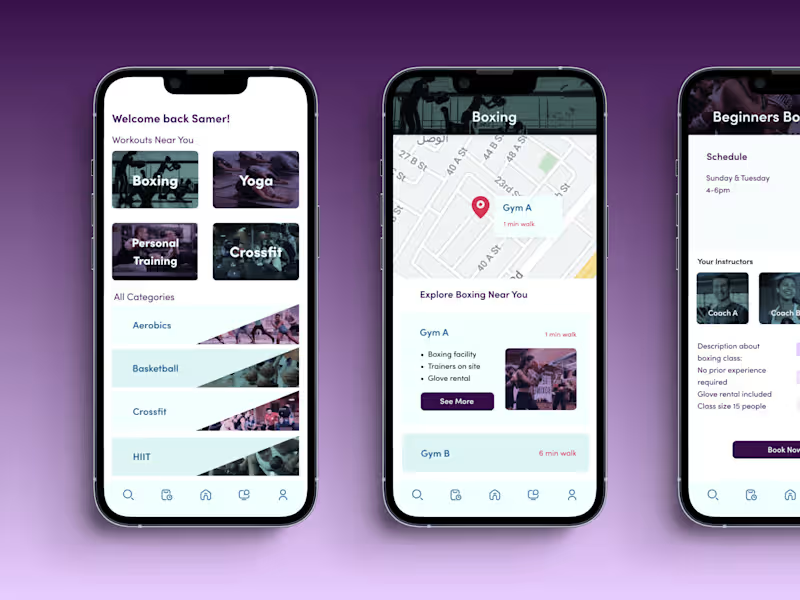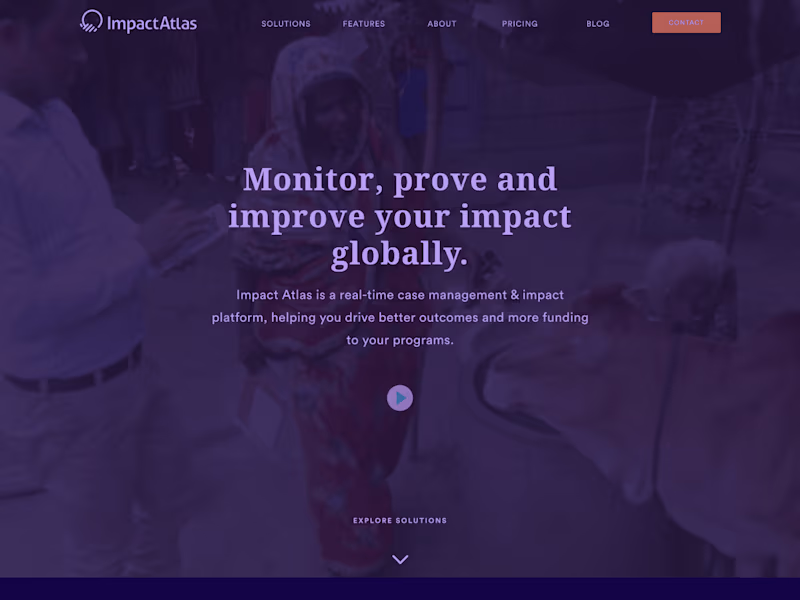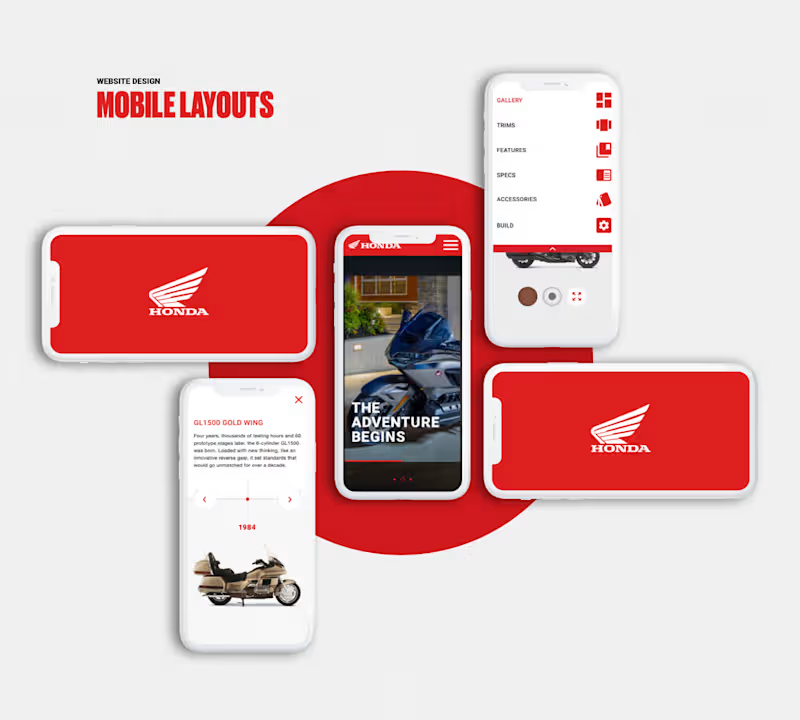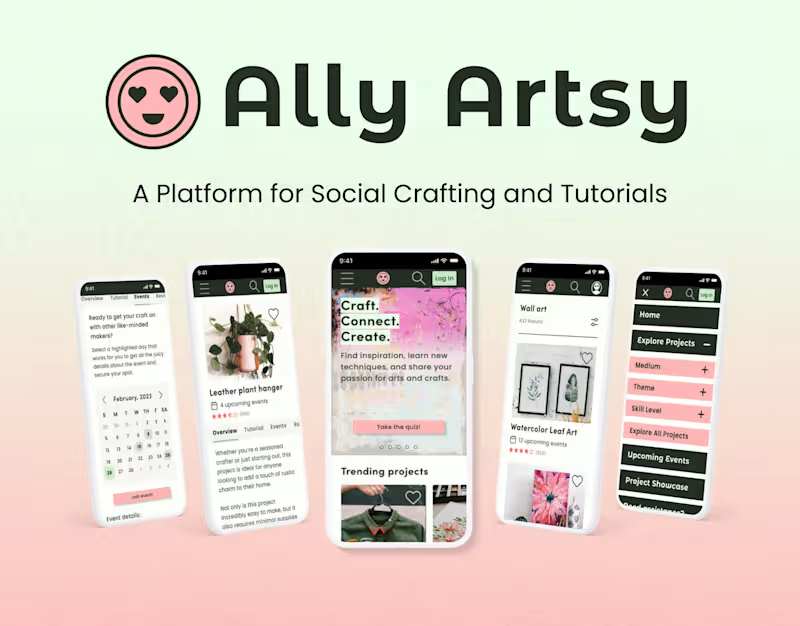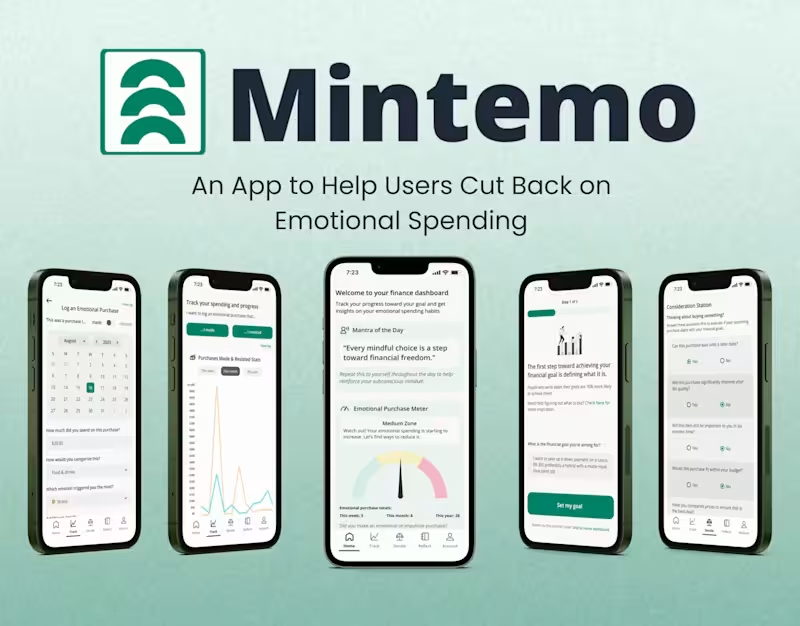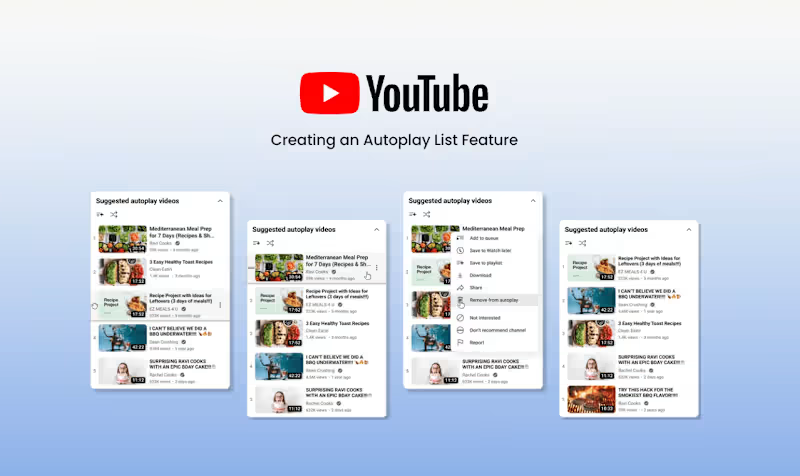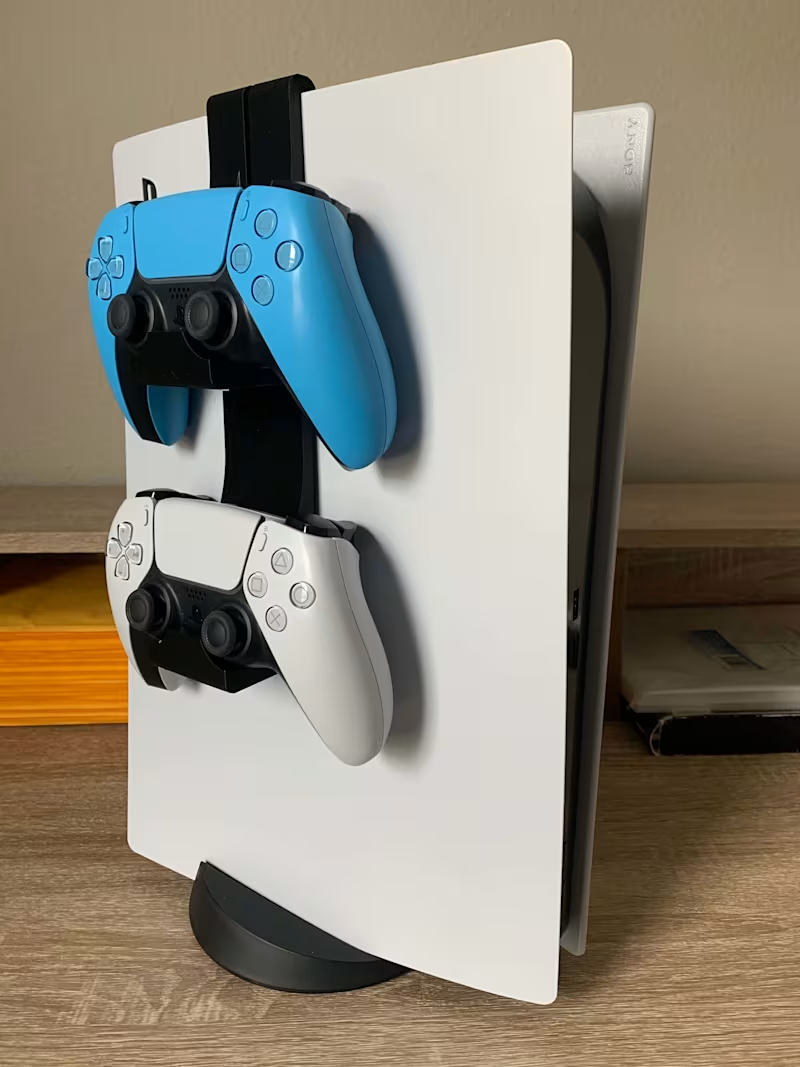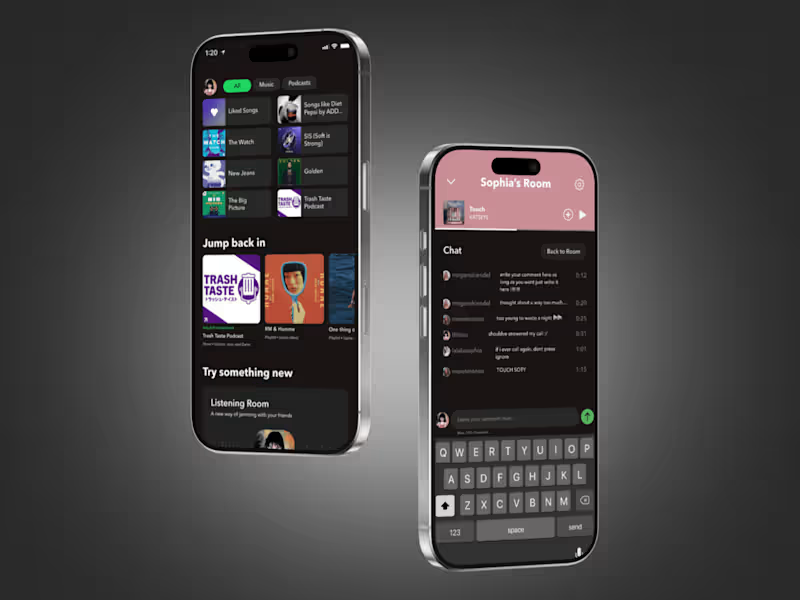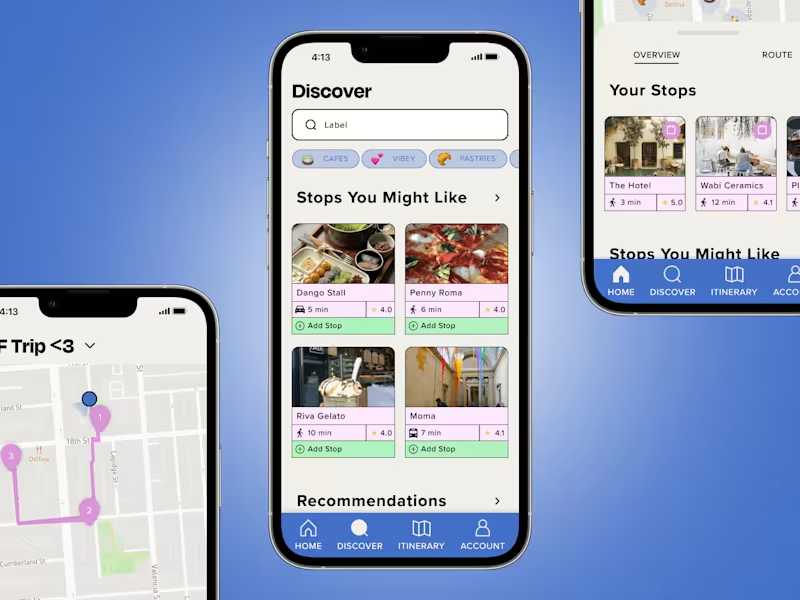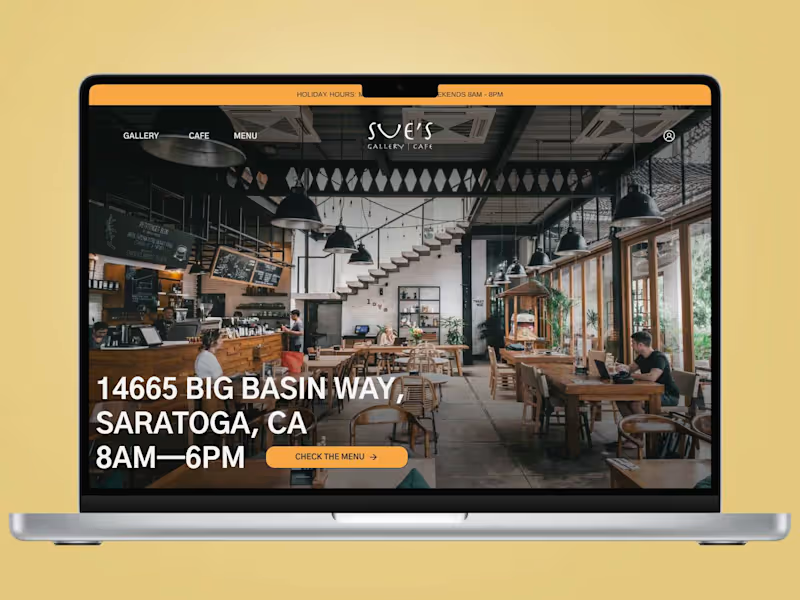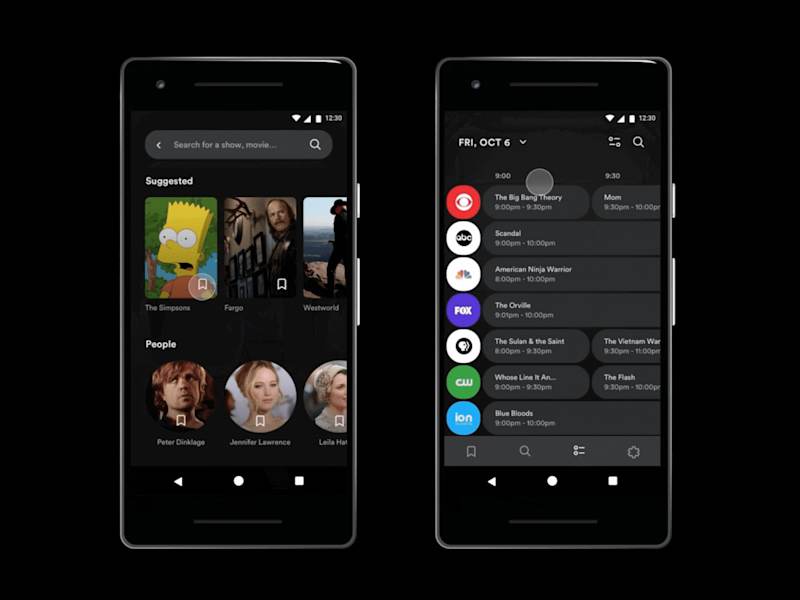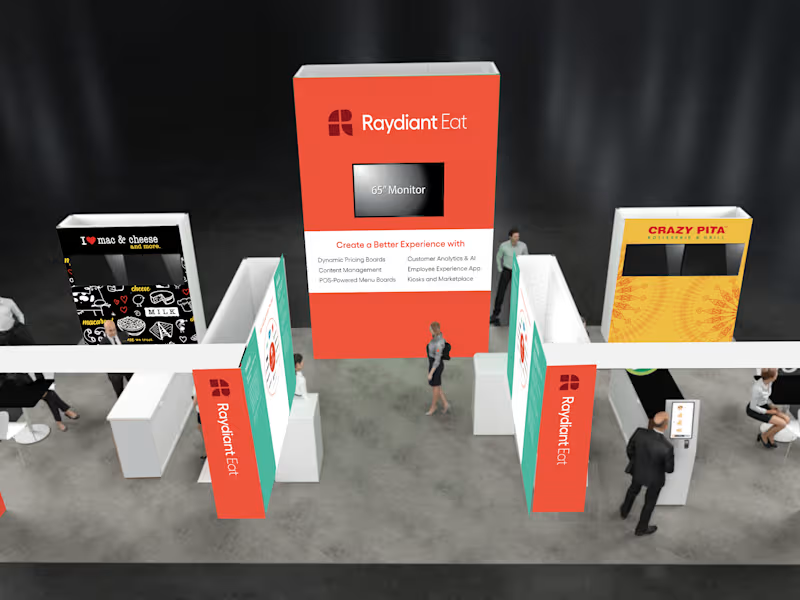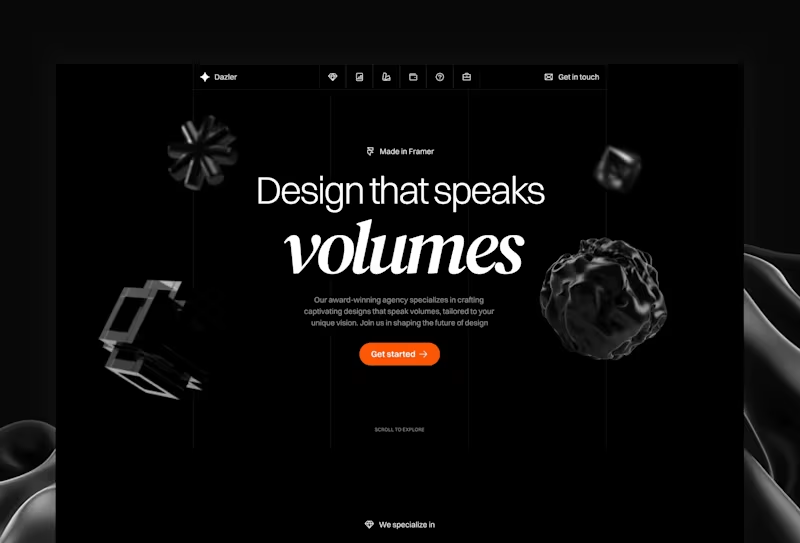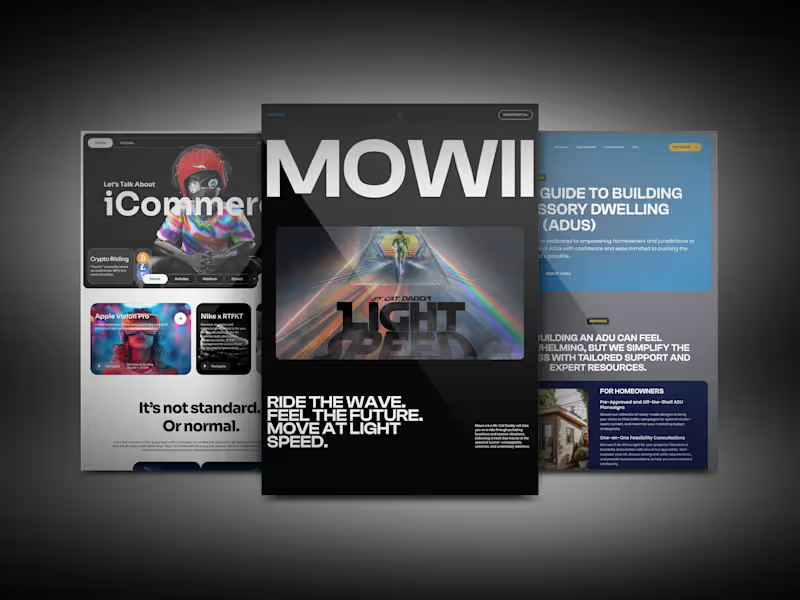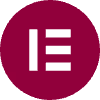What experience do they have with prototyping tools?
Look for a prototyper who knows multiple tools like Figma or Adobe XD. Make sure they have used these tools in real projects before. Skilled tool usage helps them create better mock-ups for your project.
How do they organize their prototyping workflow?
Ask about their workflow to ensure it matches your needs. A clear approach to organizing tasks can help the project run smoothly. Good organization often leads to faster progress and better results.
What is their approach to understanding project requirements?
Find out how they gather and clarify project needs with you. A good prototyper asks relevant questions to understand your goals. This helps them create models that align with your vision.
How do they communicate during projects?
Check if they provide regular updates and how they share progress. Frequent communication can prevent misunderstandings. Clear dialogue makes it easier to adjust plans if needed.
Can they provide examples of past prototypes?
Request samples of their previous work to see their style and quality. Examples showcase their ability and creativity. Reviewing past work can assure you of their skills.
What is their strategy for project timelines?
Ensure they have a plan for delivering work on time. Ask if they set timelines and stick to deadlines. Timely delivery is important for keeping your project on track.
How do they handle feedback and revisions?
Check their willingness to make changes based on your feedback. A flexible approach ensures the final prototype meets expectations. Open to revisions means they are prioritizing client satisfaction.
What measures do they take to protect intellectual property?
In California, businesses often focus on IP protection. Ask how they ensure your ideas remain confidential. This is vital for maintaining your project's uniqueness.
Are they familiar with California's design regulations?
Prototypers in California should know local design guidelines. Compliance with these rules can be crucial for certain projects. Make sure they are informed to avoid any legal issues.
How do they collaborate in a remote setting?
Check how they handle remote teamwork and coordination. Using tools like Zoom or Slack can keep communication effective. Remote collaboration should be seamless and productive.
Who is Contra for?
Contra is designed for both freelancers (referred to as "independents") and clients. Freelancers can showcase their work, connect with clients, and manage projects commission-free. Clients can discover and hire top freelance talent for their projects.
What is the vision of Contra?
Contra aims to revolutionize the world of work by providing an all-in-one platform that empowers freelancers and clients to connect and collaborate seamlessly, eliminating traditional barriers and commission fees.





























